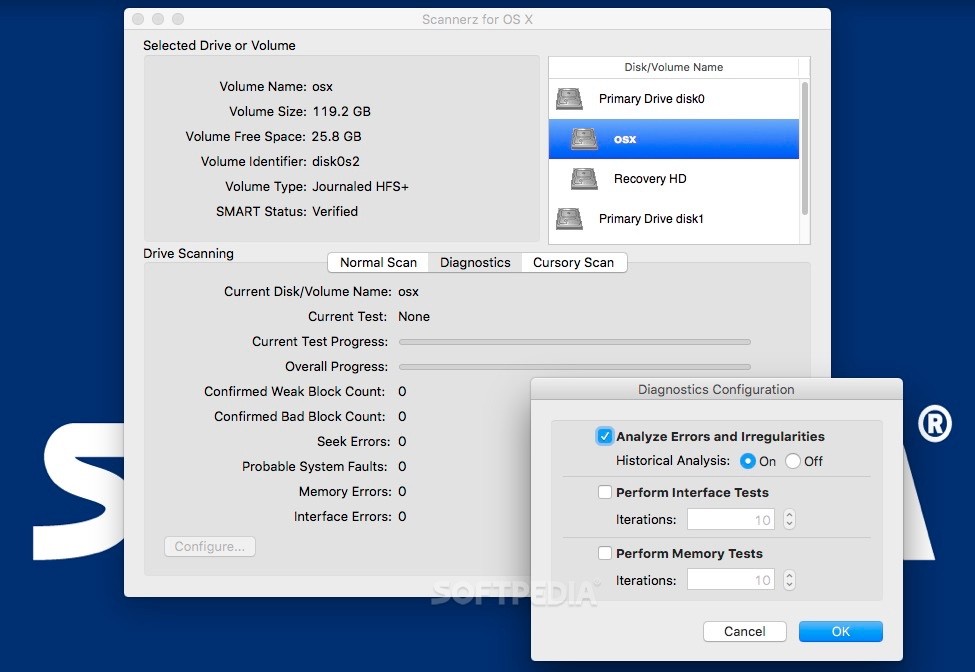


Sc body scannerz manual#
Manual methods do not yield an exact, repeatable dimension. (1980) reported work that showed many standard deviations to be about 5% of the mean body measurements. Bruner (2002) compared manual and scanned measurements of well-defined body dimensions. Differences were found between successive manual measurements, between successive scan measurements and between manual and scan measurements. Major sources of manual error were identified: an inability of the measurer to keep the tape position parallel to the floor, compression of the body in order to keep the tape in position and incorrect identification of the point of maximum circumference. There is no clear evidence that repeat scan measurements or compared scan and manual measurements have greater repeatability than those found between manual surveys, which have scant guidance and often randomly check error ( Gill, 2009). (2010) show that differences between manual and scanner-defined measurement locations can lead to considerable difference in their placement, depending on the torso shape of the subject. This is evident when scanning subjects with diverse body shape, as illustrated in Fig. 8.11. The conclusion to be drawn here is that manual measurements should not be the standard against which to assess the accuracy of scan data. Gill, in High-Performance Apparel, 2018 9.2.1.2 Body scanning systems for human measurementīody scanning generally describes the use of different noncontact methods for creating a virtual copy of the human body, which can then be analyzed in a virtual environment, currently a range of different body scanners are available ( Daanen & Ter Haar, 2013). Body scanners collectively represent the cutting edge of technology in capturing the size, shape, and proportions of the body, as well as enabling detailed analysis, of populations and individuals ( Alexander, Pisut, & Ivanescu, 2012 Bye et al., 2006 Lee, Istook, Nam, & Park, 2007 Song & Ashdown, 2015).

Body scanners can provide traditional 1D measurement, though often require definitions different to those possible through manual palpation of the body, they are often still benchmarked against manual methods of measurement ( Tyler, Mitchell, & Gill, 2012).


 0 kommentar(er)
0 kommentar(er)
